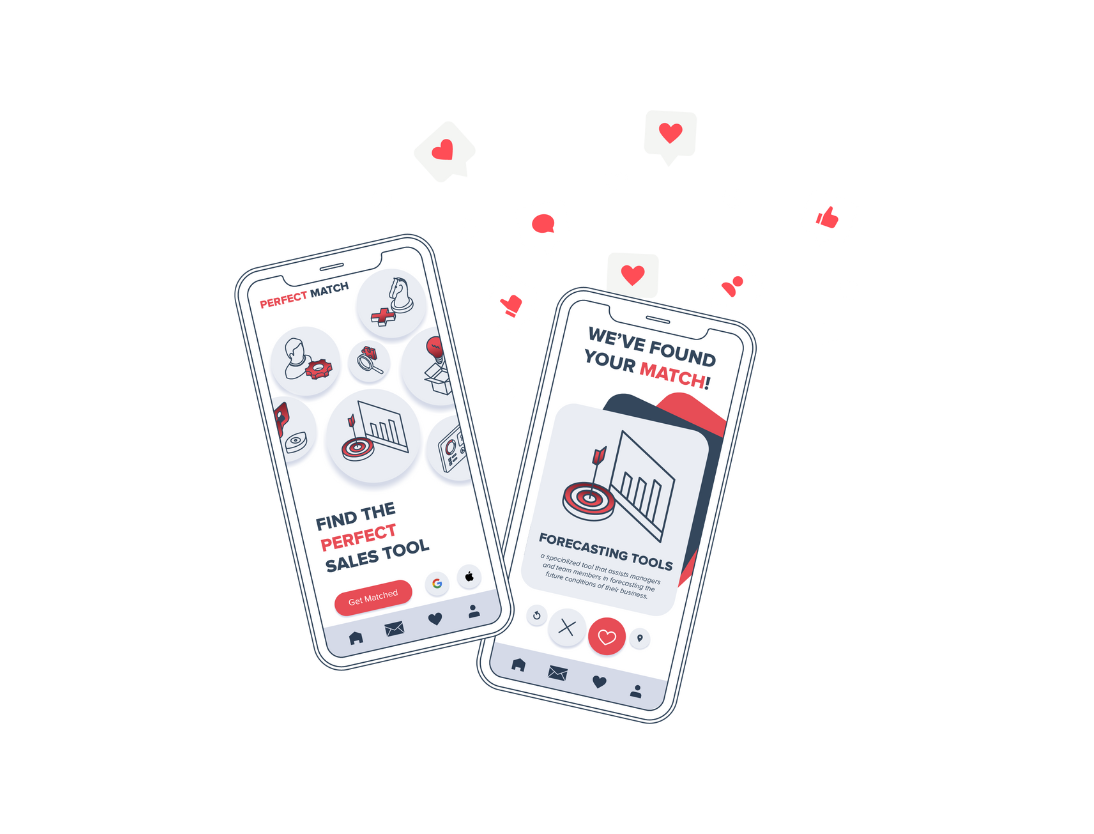Moving to a new home is consistently rated as one of the most stressful life events. In fact, a recent study by Yopa found that moving is as stressful as going through divorce or having a baby. If you’ve ever moved your data to a new CRM, then you know that it’s a lot like moving house — and it’s equally stressful. Especially as poor CRM migration can lead to severe business disruption.
So, how do you migrate your data to HubSpot without putting your business — and mental health — at risk?
Fortunately, there are tried-and-tested processes that ensure foolproof CRM migrations. We unpack some of these processes below. But first, let’s explore how migrating data into a CRM like HubSpot lead to business disruption.
What are the risks of migrating data to a new CRM?
Data migration involves moving data from one system to another. While this might seem straightforward, it involves a change in storage, database and software. Without the right processes, there’s a lot that can go wrong. Key risks include:
-
Losing important data — from tracking sales and marketing leads to holding the contact details of customers, your CRM is a valuable database of your business relationships and processes. There’s a risk that some of this data will be lost or become corrupted when moved to a new system.
-
Non-compliance with data and privacy regulations — organisations need frameworks and procedures that guarantee data migration is compliant with current and emerging data privacy and protection regulations like GDPR. Once data has been migrated, your new CRM needs to be governed by practices and policies that maintain compliance.
-
Dirty data — ever heard the phrase “dirty data in, dirty data out?” It refers to the fact that any database is only as good as the quality of data it receives. Many CRM are compromised by dirty data, which consists of inaccurate, incomplete or inconsistent information. Dirty data creates data integrity problems that undermine the CRM adoption process.
-
Semantic clashes and poor data structuring — CRM have unique ways of categorising and structuring data. This can lead to data being transferred into a different column or field. Data inconsistencies impact database credibility, with the potential for business-critical data to become ‘lost in the system.’
-
Insufficient onboarding — implementing CRM is a disruptive process as your staff faces pressure to learn a new system while maintaining their usual productivity. Sufficient onboarding is crucial to minimising disruption and driving efficient CRM adoption within your organisation.
Migrating your data into HubSpot? Limit disruption with these best practices
Any data migration plan needs to account for the above risks. At Huble, we’ve overseen hundreds of successful HubSpot data migrations and have helped many organisations overcome common CRM challenges. From this experience, we’ve built a set of data migration processes and best practices that minimise business disruption.
When moving data into HubSpot, or any CRM, make sure to include these steps:
-
Write everything down (even this) — it’s my humble opinion that many empires wouldn’t have fallen if they had kept an appropriate paper trail. Following this idea, every stage of the data migration process needs to be extensively documented and shared with relevant stakeholders. This documentation will help you track errors, fixes and updates, and keep everyone in the loop. Without these notes, it will be difficult to control and adapt to change.
-
Get the right people involved and set expectations and requirements — your CRM is used by many people across multiple departments. So involve key stakeholders in the data migration process. Once you have the right people on board, discuss the business, technical and security requirements for data migration. Their insights will help you pinpoint challenges and identify solutions.
-
Map the entire data migration process — earlier we talked about how migrating to a new CRM is like moving homes. For an efficient move, you want to draw up a list of your assets. At the same time, you need to figure out how to move your assets into your new space. You also need to check whether your plug points are in the right place or if an adaptor is needed to plug into the wall sockets.
Following this analogy, migrating data into a CRM requires exhaustively mapping what data you have, what will be migrated, and what technology will be used to migrate or adapt data to the new system. You can probably tell that this is a lot of work.
-
Prepare and clean your data — once your data migration strategy has been signed off, it’s time to prepare your data and migration technology for the import process. That means cleaning all data before assigning each file with unique HubSpot IDs. This will ensure that migrated data is accounted for and data isn’t duplicated.
-
Move data into a HubSpot sandbox for validation and testing — the beauty of HubSpot is that you can set up your data and business processes in a risk-free sandbox environment. Along with identifying and resolving any migration and configuration issues ahead of time, this controlled environment is used to comprehensively and vigorously test data.
Crossing the aisle: when should you transition from one CRM to another?
So, you’ve migrated your data into HubSpot. Does that mean you should fully abandon your old system?
The answer will depend on your business. Some organisations prefer the ‘take the leap’ approach of abandoning their legacy system as soon as their processes and data are set up in HubSpot.
The safest choice is often to run your old CRM in parallel with your new HubSpot account. This redundancy means that you can make the transition at your own pace and in a way that causes the least disruption. But running two systems can be costly.
Another solution is to perform data migrations in phases. You might, for instance, prefer moving teams over to HubSpot one department at a time. This makes migration projects easier to manage and localises any disruption to one department. At the same time, the phased approach can become expensive if the project is drawn out.
Should you hire a HubSpot migration specialist?
Sure, you can migrate your data to HubSpot by yourself. But should you?
After all, data is the lifeblood of your organisation. If anything goes wrong during migration, you’re in for some expensive and stress-inducing business disruption. With this in mind, it might be worth hiring HubSpot migration experts. Experienced specialists have worked on many successful data migration projects. Along with peace of mind, the right solutions partner can speed up data migration, provide onboarding and offer post-migration support.
As a HubSpot Elite Solutions Partner, we offer a suite of CRM implementation solutions, including data migrations. If you’re looking to learn more about data migration best practices, then schedule a chat with one of our representatives. We can also use the time to discuss how our data migration services can be tailored to fit your unique business needs.













